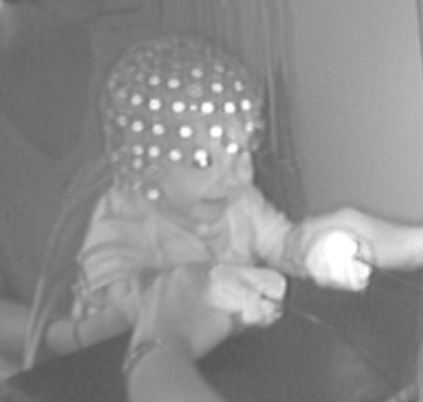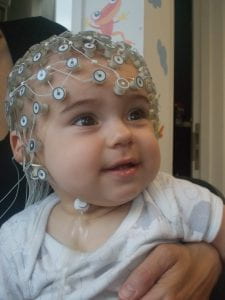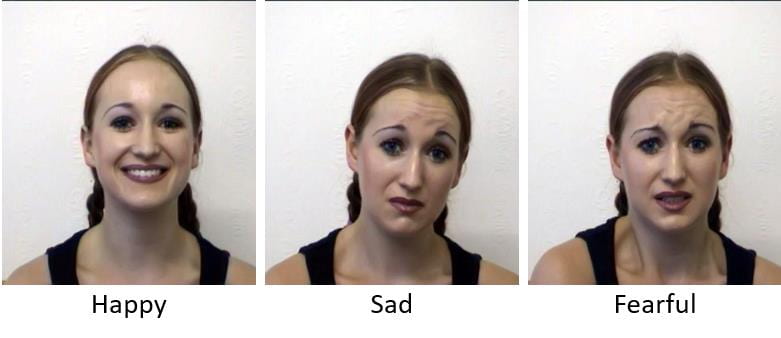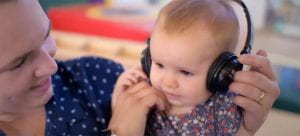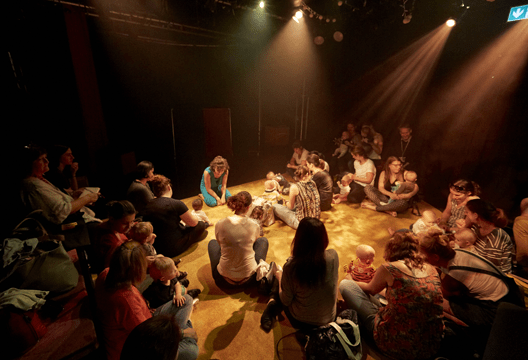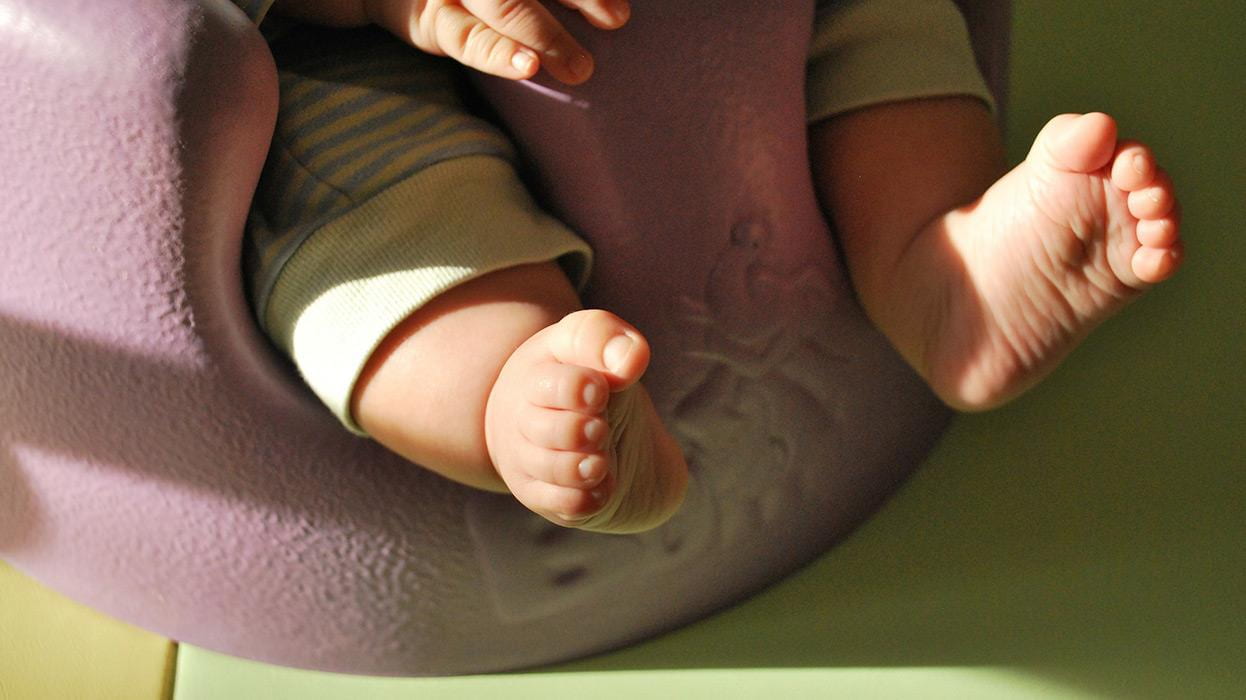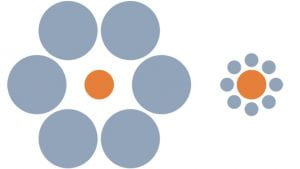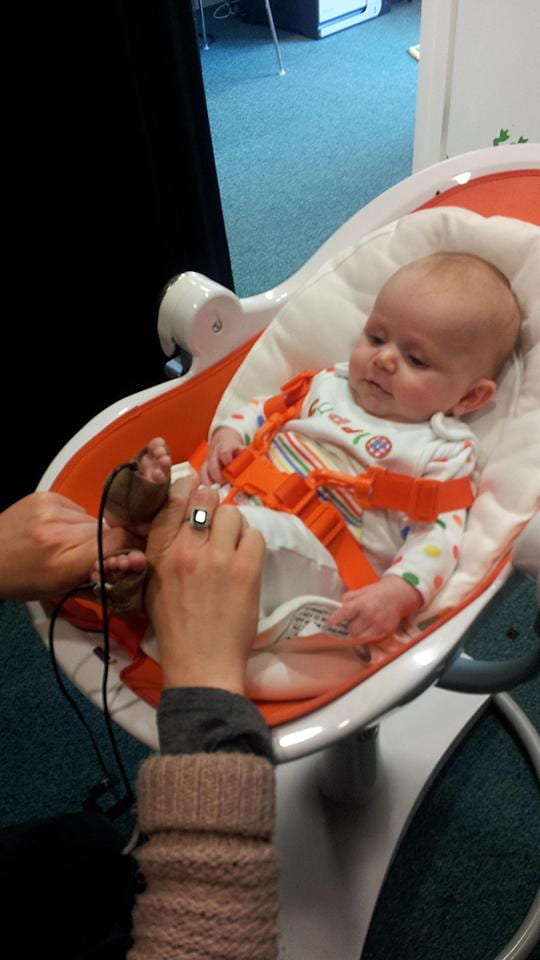As adults, we can recognize both what an object is and what material it is made of. In order to identify the material category to which an object belongs (e.g., metal, ceramic, fur, etc.), we have to obtain information about the physical properties of the object via multiple sensory modalities (e.g., vision, hearing, touch), and integrate this information in the brain. There is a large amount literature describing the development of infants’ ability to recognize objects (e.g. faces), but far less is known about the development of material recognition.
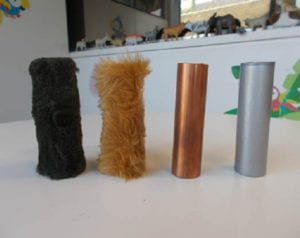
With this study, we would like to find out how infants process information about material via vision and touch. We will show your child several small metal cylinders, some of which have been covered with faux fur (see picture), and we will allow him/her to either manually explore or look at the cylinders. How your child explores and watches the cylinders will be videotaped. These recordings will allow us to investigate the extent to which babies distinguish different kinds of materials. We are currently inviting 4 to 8 month old infants to participate in this project.
